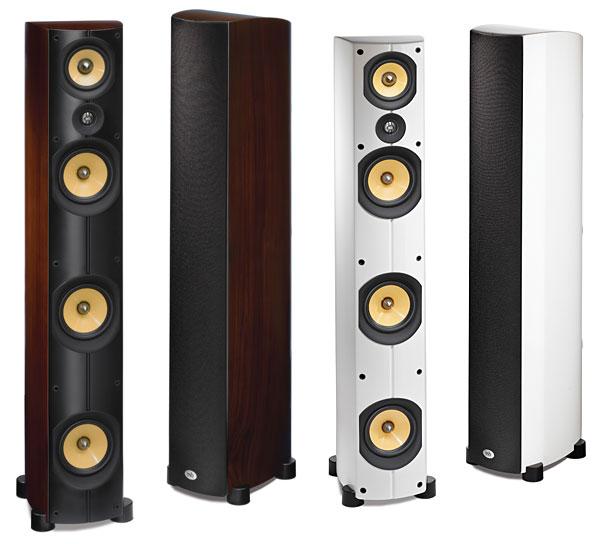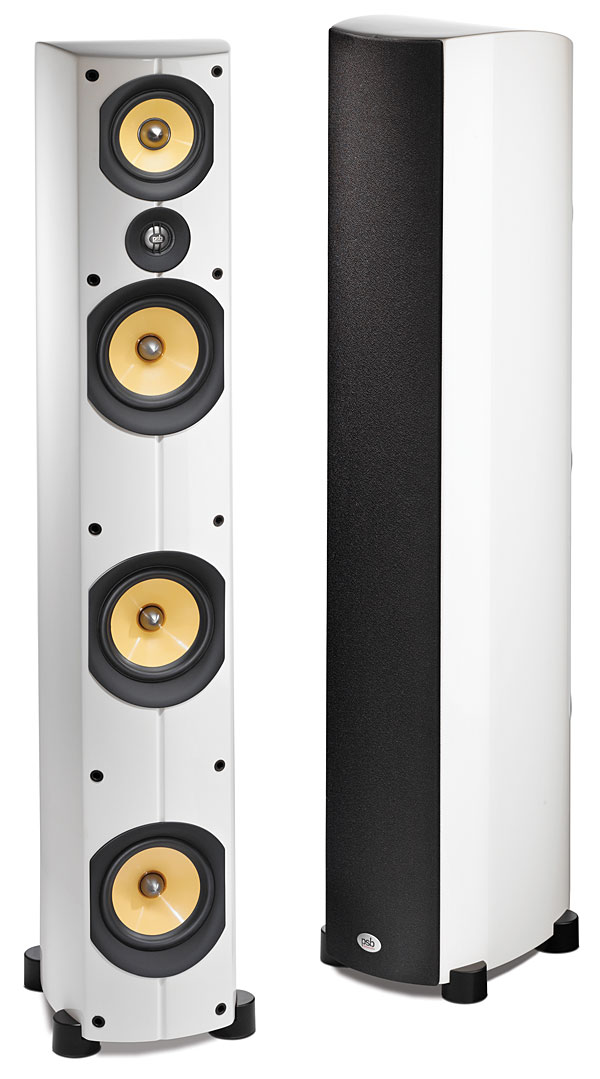| Columns Retired Columns & Blogs |
I too pair PSB speakers with PrimaLuna amplification and have been quite happy with it. I myself run the Synchrony 2 tower driven by PrimaLuna Prologue Sevens; similar to the system reviewed, albeit with 6 year old equipment (is that considered vintage? ...
... ). Given that the Synchrony 2 Tower and the Imagine T2 share that $3,500 price point, it seems PSB felt their efforts at $3,500 were better off by adding that 4” midrange and scaling back the exotic driver materials. I’d be curious to hear what improvements or perhaps just what differences there are between the Synchrony 2 tower and the Imagine T2 tower.
). Given that the Synchrony 2 Tower and the Imagine T2 share that $3,500 price point, it seems PSB felt their efforts at $3,500 were better off by adding that 4” midrange and scaling back the exotic driver materials. I’d be curious to hear what improvements or perhaps just what differences there are between the Synchrony 2 tower and the Imagine T2 tower.
I also wanted to echo the comments about detail and power. When determining which components to buy, I was a bit concerned that the PrimaLunas (which I already owned) would not have enough power to run the PSBs. A few searches on different forums will reveal the consensus that PSBs are power hungry. I was worried I would experience constrained dynamics and at worst get some distortion. I am happy to report that while the volume knob now approaches 12:00 whereas it used to be firmly planted at 10:00, I am pleased with the decision to 86 my Vandersteen Model 2 and substitute the PSB Synchrony 2 tower. Provided you’re not interested in waking up the neighbors, I have found the PSB/PrimaLuna combo to be very … “smile-worthy” (how’s that for audiophile jargon!). In all seriousness I have found the dynamic range to be very adequate though I do wonder, curiosity be damned, what some nice solid-state monoblocs would do for me. I have also found the sound to be very detailed, though never overly sibilant. Robert D. calls it combining accuracy and euphoria. Whatever your terminology, it is a pretty neat trick to pull off for such a relatively reasonable price.
The T2 will make lots of folks very happy. That I am sure.









































